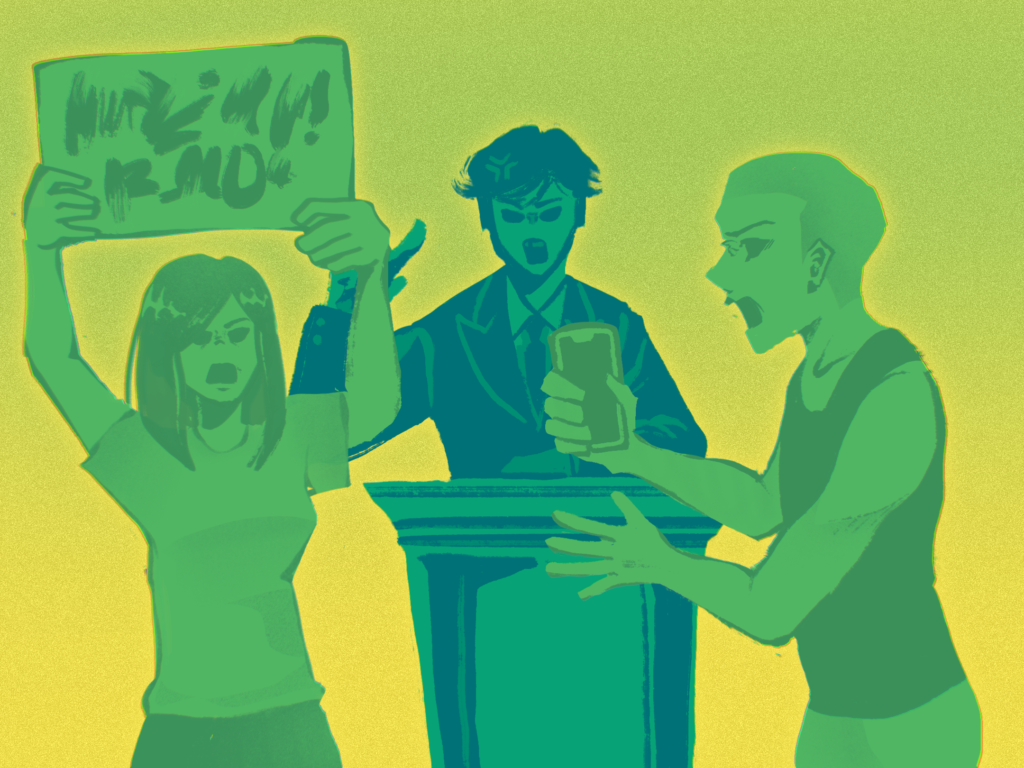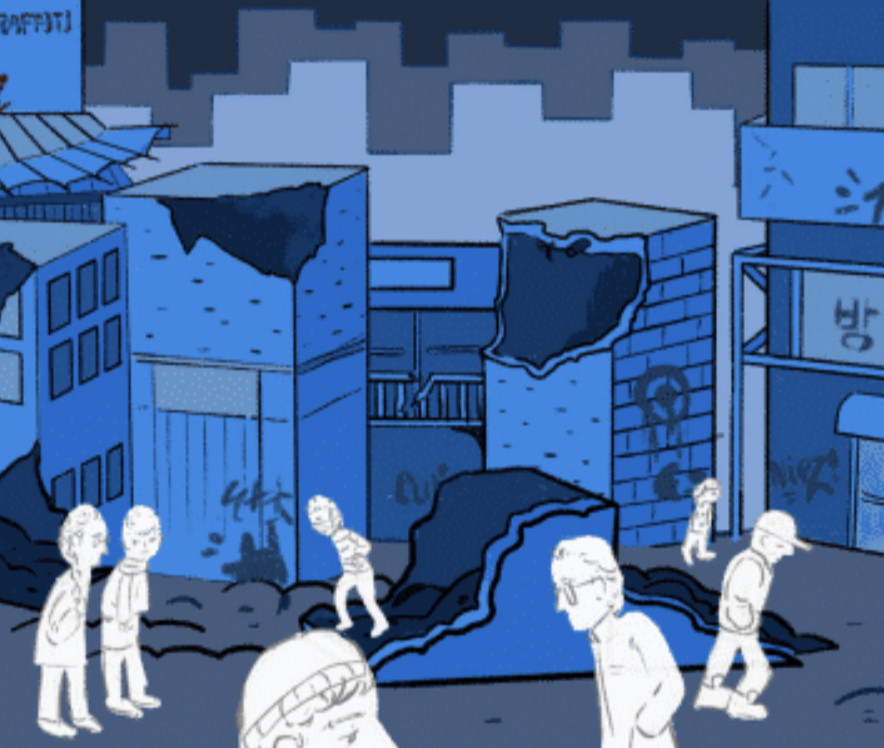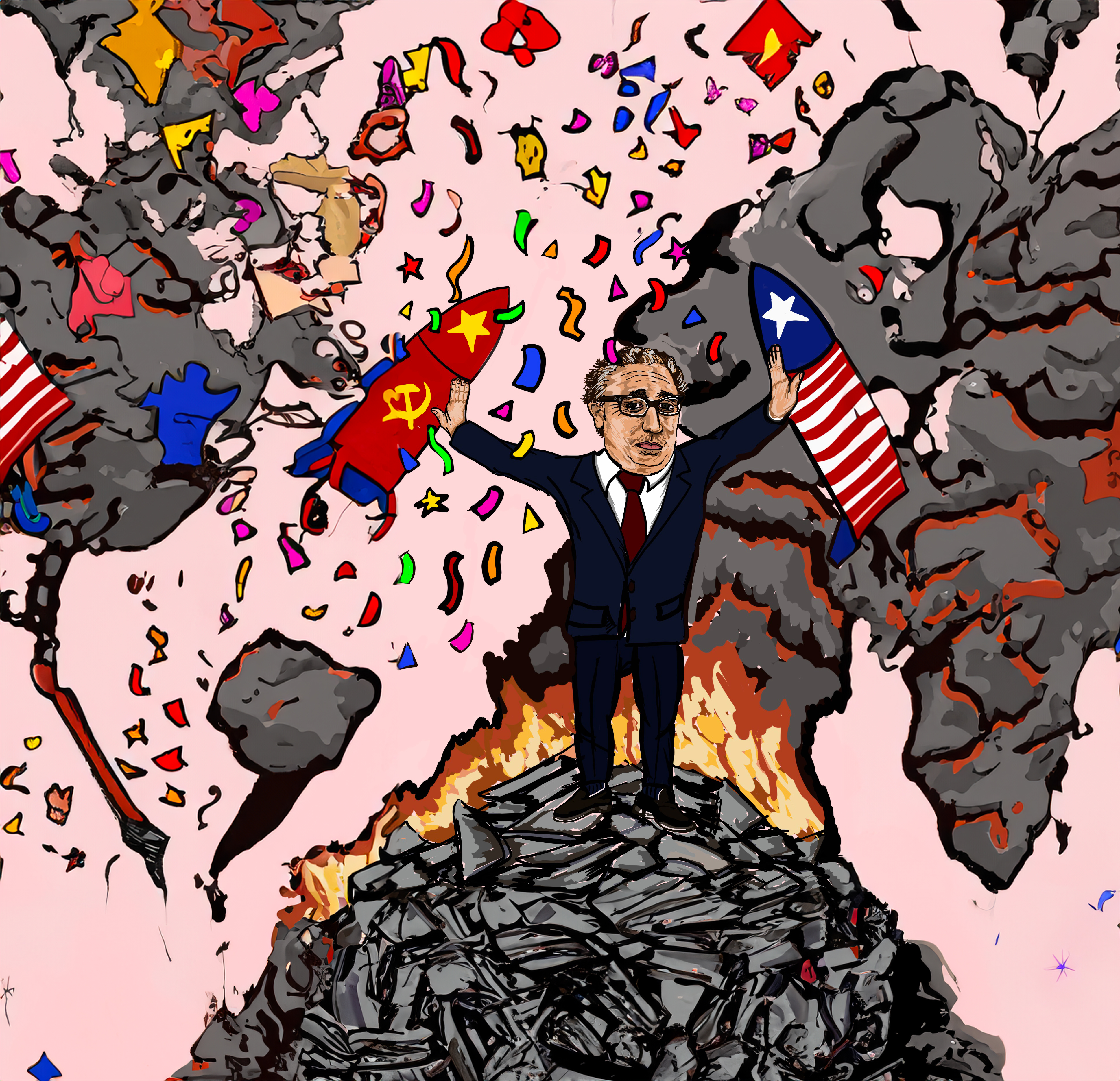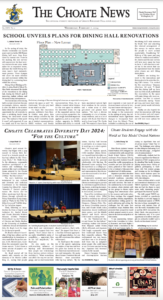Like many of my fellow Republicans, I’ve thus far supported President Donald Trump P’00 through gritted teeth. He may be an incendiary and ineffectual charlatan, but when push came to shove, he was a staunch advocate for conservative legislation, foreign policy, and, most important, judicial appointments. I may not like the guy, but, at least until a few weeks ago, he had my approval as a politician and world leader.
However, Trump’s disastrous handling of the novel coronavirus (Covid-19) epidemic has changed my views on his legitimacy as President of the United States. By encouraging the suppression of interest rates and championing a profligate new stimulus, Trump has abandoned fiscal conservatism, losing votes like mine in the process.
Since its inception, in 1913, the Federal Reserve has been abused by conniving financiers and politicians looking to line their pockets, jeopardizing long-term economic health in the process. Trump is no exception. As early as 2018, he was cajoling Chair of the Federal Reserve Mr. Jerome Powell into cutting interest rates, injecting liquidity into the market and stimulating economic growth. While that move may be effective in the short term, slashing rates promotes what economists call malinvestment.
Malinvestment occurs when the capital structure, the financial system which makes funds available to the public, is distorted by government intervention. When interest rates are low, it’s cheaper to borrow money, so both businesses and households begin to make more purchases on margin. The result is a booming short-term economy ultimately founded upon false prosperity. For example, the 2008 financial crisis was triggered by a bubble in the housing market; people were buying too many new homes because the credit required to do so cost next to nothing. As a result, millions of Americans were unable to make payments on their mortgages, leading to a wave of bankruptcies, defaults, and foreclosures.
So, I started to worry when the Fed cut interest rates down to 2.25% last year, especially since Trump seemed to support the move in order to bolster his electoral prospects for 2020. Today, rates are set at 0%. The Fed is supposed to operate as a separate entity, but the Trump administration’s latest move has done away with all pretense of that independence in the name of petty political expediency.
What’s more, the new Coronavirus Aid, Relief and Economic Security Act (CARES), which Trump signed into law on March 27, is intended to provide sweeping assistance to an economy beleaguered by the impacts of the coronavirus. CARES is packed with subsidies, direct transfers, and bailouts, propping up the private sector at taxpayers’ expense. One of its most important provisions mandates that manufacturers like Ford, General Motors, and Boeing, if they hope to get a slice of the pie, must keep paying their inactive workers. Much like the interest rate cuts, this will staunch the bleeding over the next few months, but it’ll quash all hopes of a hasty recovery in the long term.
Historical precedent foretells the failure of this policy. At the beginning of the Great Depression, President Herbert Hoover jawboned some of these same companies into halting layoffs in a desperate bid to keep the economy from going into freefall. As the depression dragged on, though, it became clear that Hoover’s policy made these firms hopelessly unprofitable, and so in 1932 they were forced to fire an even greater number of employees than otherwise necessary. As Trump begins to emulate the errors of his Republican predecessor, I fear that a similar chain of events will unfold.
Ultimately, our president has become little more than a capeador of the economy, pursuing a bull market no matter the cost to his fellow citizens. If President Trump wants votes like mine in 2020, he needs to take a stand for the values of the Republican Party, denouncing once and for all the wicked conceit of Keynesian economics.




